It is possible for any person to be positive in normal circumstances, but real strength appears when a person faces a challenge in life and thinks positively. So how do you turn negative thinking into positive? In this book, there is an analytical study that helps you turn negative thoughts into positive ones, teaches you how to achieve inner peace and psychological calm, and introduces you to the Ten Commandments of Thinking.
Thinking strategies
د.ا2.56د.ا3.55
Demonstrates effective methods for developing positive thinking, achieving goals, and overcoming challenges through practical strategies that promote success and personal development.
| Categories: | Economy and business, Human Development, Psychology, Sociology |
|---|---|
| Tags: | economy, Human Development, Psychology, Sociology |
| Author | |
|---|---|
| Year |
You may also like…
-
Stones on the Chessboard
د.ا5.11It is a book that deals with conspiracy theories about the control of the global elite over political and economic events throughout history.
د.ا5.68 -
time machine
د.ا4.97Arabic / English
I rushed through space like a shadow pursued by a merciless light.د.ا5.68 -
Uncle Tom’s Sons
د.ا5.68It is a novel that tells the story of the struggle of blacks in America with racism and the harsh conditions they face, through the life of the character Tom the slave.
د.ا7.10 -
Anna Karenina
د.ا8.52It tells a tragic love story that reflects the social and psychological conflicts in Tsarist Russia.
د.ا9.94
Related products
-
Crazy parades
د.ا2.13Gibran’s literary style was characterized by smooth words, simplicity of expression, the use of all linguistic formulas and styles, and the frequent use of metaphors and figures of speech. Perhaps the most important feature of Gibran’s literary works is creativity in the art of photography. We find many beautiful, imaginative artistic images full of deep meanings and expressions covering his literary works; because he was an artist and painter who initially depicted the idea and then created it. Gibran relied on two styles in his literary works: the first is characterized by strength and revolution against beliefs and customs and the call for freedom, and the second is characterized by the love of enjoying life and the call to follow inclinations
د.ا3.55 -
How to Win Friends and Influence People
د.ا4.97Carnegie had been conducting business education courses in New York since 1912.[3] In 1934, Leon Shimkin, of the publishing firm Simon & Schuster, took one of Carnegie’s 14-week courses on human relations and public speaking, and later persuaded Carnegie to let a stenographer take notes from the course to be revised for publication.[3] The initial five thousand copies of the book sold exceptionally well, going through 17 editions in its first year alone
د.ا7.10 -
Sand and foam music
د.ا2.13Gibran’s literary style was characterized by smooth words, simplicity of expression, the use of all linguistic formulas and styles, and the frequent use of metaphors and figures of speech. Perhaps the most important feature of Gibran’s literary works is creativity in the art of photography. We find many beautiful, imaginative artistic images full of deep meanings and expressions covering his literary works; because he was an artist and painter who initially depicted the idea and then created it. Gibran relied on two styles in his literary works: the first is characterized by strength and revolution against beliefs and customs and the call for freedom, and the second is characterized by the love of enjoying life and the call to follow inclinations
د.ا3.55 -
rebellious spirits
د.ا3.05Gibran’s literary style was characterized by smooth words, simplicity of expression, the use of all linguistic formulas and styles, and the frequent use of metaphors and figures of speech. Perhaps the most important feature of Gibran’s literary works is creativity in the art of photography. We find many beautiful, imaginative artistic images full of deep meanings and expressions covering his literary works; because he was an artist and painter who initially depicted the idea and then created it. Gibran relied on two styles in his literary works: the first is characterized by strength and revolution against beliefs and customs and the call for freedom, and the second is characterized by the love of enjoying life and the call to follow inclinations
د.ا4.26 -
A conversation with an atheist friend
د.ا2.13Interview with my atheist friend A book written by the philosopher and doctor Mustafa Mahmoud, published in 1986, in which he responds to questions by atheists about the Islamic religion, and about material questions that the human mind may ask at some point
د.ا4.26 -
The Power of Now; The Guide to Spiritual Enlightenment
د.ا4.97The Power of Now emphasizes the importance of living in the present moment to achieve inner peace
د.ا6.39 -
Soul and body
د.ا2.13“True happiness is a deep state of tranquility in which there is less need to speak and no desire to gossip. It is a state of joyful inner vision, a sense of reconciliation with the soul, the world and God, a deep conviction of the justice inherent in all existence, and an acceptance of all sufferings in contentment and smiling.”
“Oh God, make my call with you alone, for you alone know, and do not oppress, and do not change words and judgments, and do not lose your love”
“Silence full of feeling has a stronger judgment than the rule of the wordد.ا4.26 -
The Prophet
د.ا3.05Gibran’s literary style was characterized by smooth words, simplicity of expression, the use of all linguistic formulas and styles, and the frequent use of metaphors and figures of speech. Perhaps the most important feature of Gibran’s literary works is creativity in the art of photography. We find many beautiful, imaginative artistic images full of deep meanings and expressions covering his literary works; because he was an artist and painter who initially depicted the idea and then created it. Gibran relied on two styles in his literary works: the first is characterized by strength and revolution against beliefs and customs and the call for freedom, and the second is characterized by the love of enjoying life and the call to follow inclinations
د.ا4.26
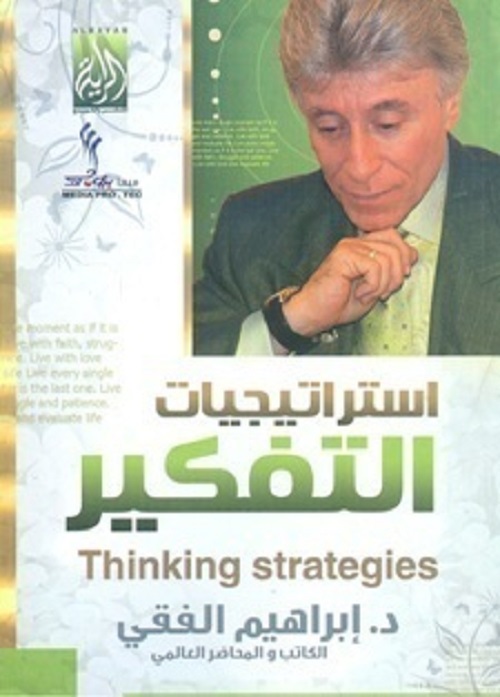
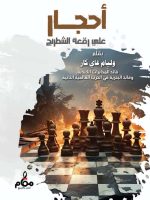

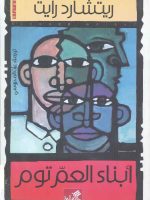


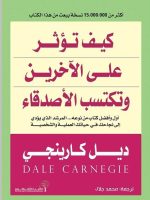
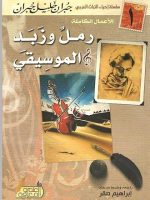

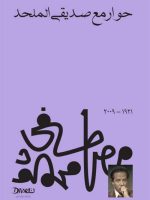
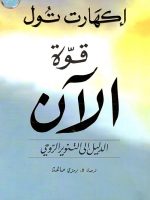
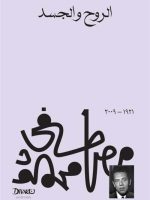
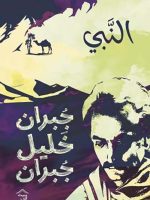
Be the first to review “Thinking strategies”